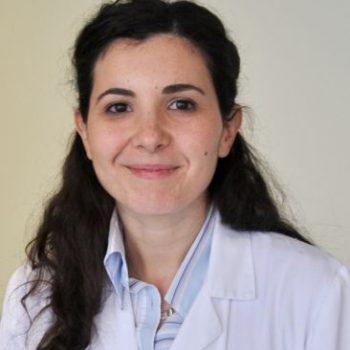Daytime sleepiness and snoring, as well as headaches, fatigue and difficulty in maintaining concentration for a long time are the typical symptoms of a disease that we have learned to know better and better in recent years: sleep obstructive apnea syndrome. Its treatment includes different options ranging from lifestyle changes to surgery. We talk about this topic with doctor Alessandra Ibba, pulmonologist at Humanitas.
The name of this pathology, which affects men more than women, recalls one of its characteristic symptoms: apnea during sleep. Patients who have been affected snore and during the night they go into apnea, often without realizing it. During the day there may be symptoms of drowsiness, more or less pronounced, along with cognitive and physical abilities that are impaired by interfering with the usual work activity.
The treatment
The aim of the treatment of sleep obstructive apnea syndrome is to ensure adequate breathing during the night by eliminating apnea. The therapy is always tailored to the individual patient. Normally, we give general rules such as indications for a correct lifestyle (reduction/abolition of alcoholic beverages, weight loss), but we also recommend, if present, improvement of nasal obstruction with a pharmacological or surgical approach, and the suspension of some drugs commonly used for insomnia that could aggravate symptoms.
Night ventilo-therapy (CPAP, and other methods) is the gold standard in the treatment of the disease, but it is not always tolerated or does not have the same efficacy in all patients. In some cases, for example, where apnea depends on the position taken at night, a “positional therapy” can be used that can be applied with systems that prevent the maintenance of the supine position.
Still, in some cases, mandibular advancment dental devices can be used to extend the pharyngeal breathing space and facilitate the passage of air. However, these are usually recommended in mild or moderate forms, more recommended in the absence of obesity and if a particular mandibular attitude coexists.
Surgical intervention
As far as surgical treatment is concerned, the 2011 ERS-European Respiratory Society Unit, which analyzed the various therapeutic approaches that can be used in an alternative or complementary way to treat the disease, concluded that only maxillo-mandibular advancement intervention proved to have the same effectiveness as CPAP, and only in young, normal weight patients, in the absence of other pathologies. Surgery should only be considered in patients where CPAP has failed. Some techniques such as Uvulopalatoplasty, soft palate radiofrequency surgery, and Uvulo Palato Flap are evaluated only in carefully selected cases.








